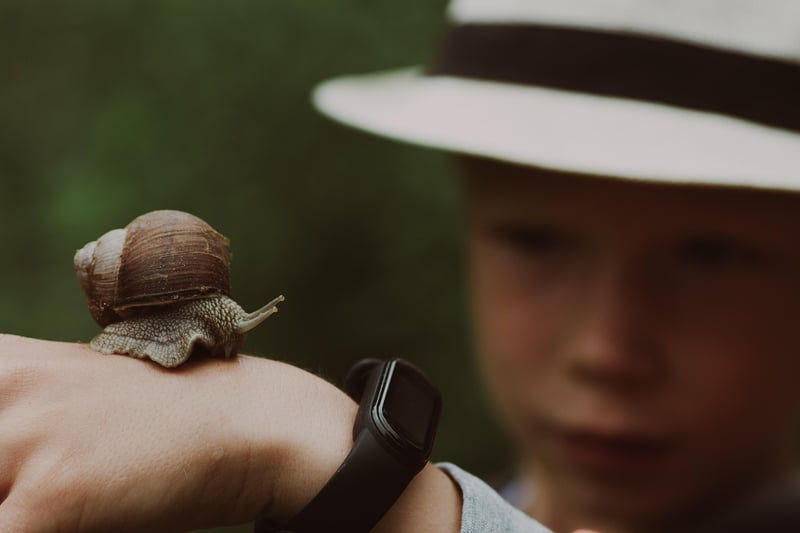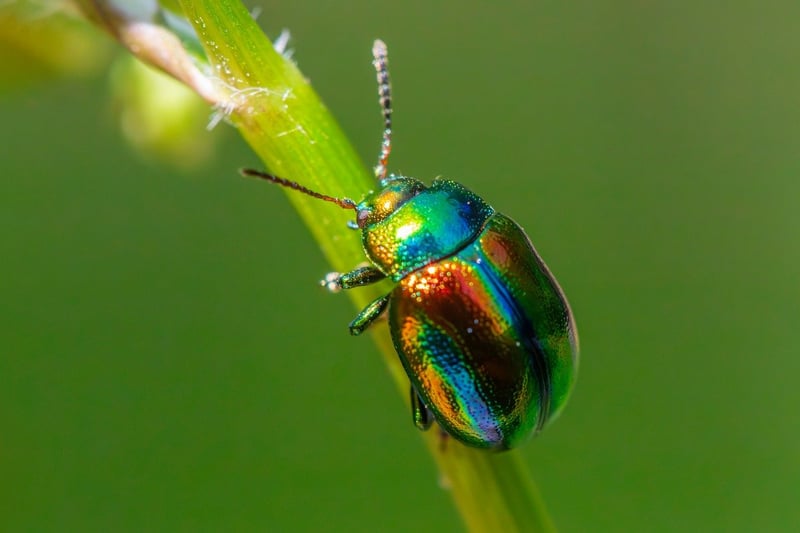Integrated Pest Management
Dealing with City Garden Pests + Integrated Pest Management
Introduction
City gardens are a beautiful oasis in urban settings, but they can also attract unwanted pests that may harm your plants. In this article, we will explore common city garden pests and how to manage them using Integrated Pest Management (IPM) techniques.
Common City Garden Pests
City gardens are often home to a variety of pests that can damage plants and reduce yields. Some common pests include:
- Aphids: These small insects feed on plant sap and can cause wilting and yellowing of leaves.
- Slugs and Snails: These mollusks feed on young seedlings and can leave holes in leaves.
- Caterpillars: Caterpillars can munch on leaves and fruits, causing significant damage.
- Squirrels and Birds: These pests can dig up bulbs, eat fruits, and disturb plants.
Integrated Pest Management (IPM)
Integrated Pest Management is an eco-friendly approach to pest control that aims to minimize the use of pesticides and instead focuses on prevention and monitoring. Here are some IPM techniques you can use in your city garden:
1. Cultural Controls
Implementing cultural controls involves practices such as crop rotation, proper plant spacing, and maintaining healthy soil to reduce pest problems.
2. Mechanical Controls
Using physical barriers like row covers, handpicking pests, and creating traps can help manage pest populations effectively.
3. Biological Controls
Introducing beneficial insects like ladybugs and lacewings can help control aphids and other pests naturally.
4. Chemical Controls (as a Last Resort)
If pest populations are out of control, consider using organic pesticides as a last resort, following all safety guidelines.
Conclusion
City garden pests can be a nuisance, but with the right strategies, you can keep them in check without harming the environment. Integrated Pest Management techniques offer a sustainable and effective way to manage pests in your urban garden.


